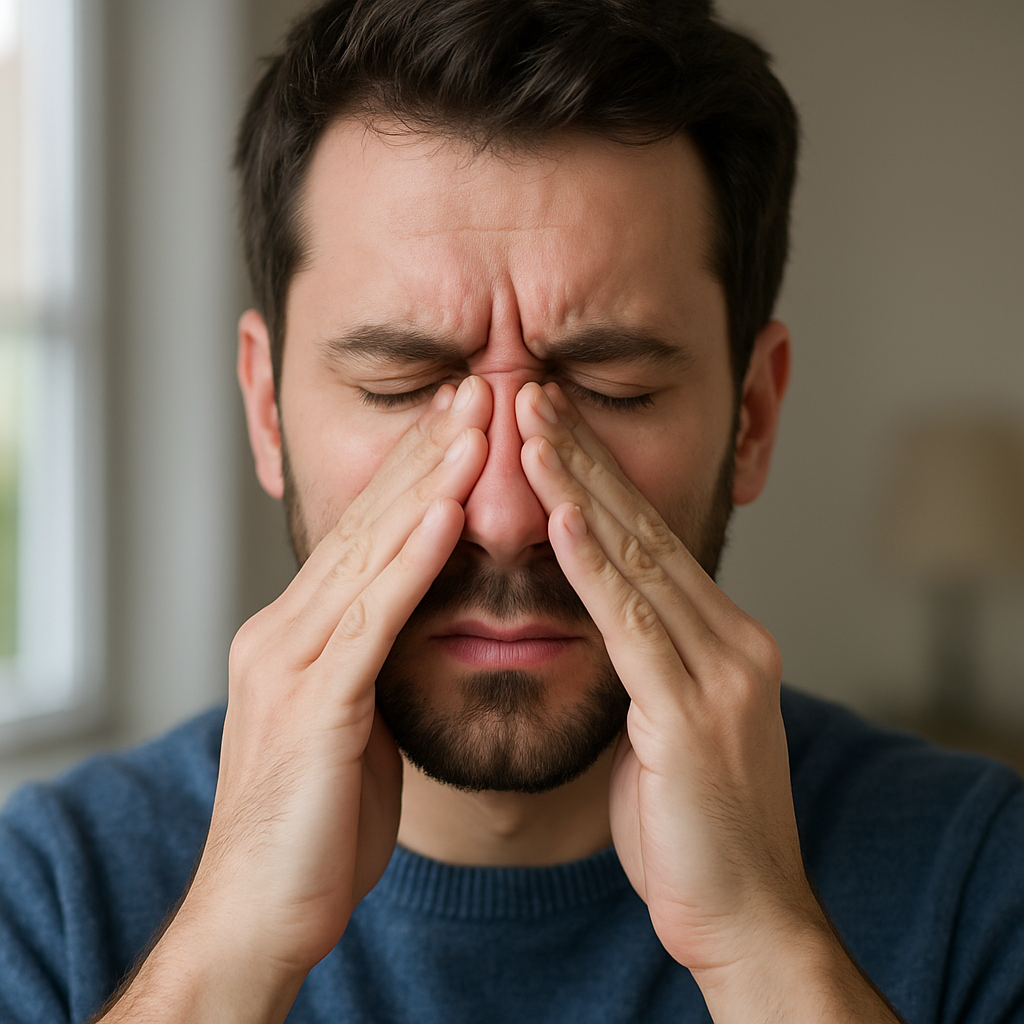
the importance of humidifiers for sinus problem
Great question! Humidifiers can play a big role in easing sinus problems because of how they affect moisture levels in the air. Here’s a detailed breakdown:
🌬️ Why Humidity Matters for Sinuses
-
Your sinuses are lined with a mucous membrane that traps dust, allergens, and germs.
-
When air is too dry, the mucous membrane dries out, becoming inflamed and irritated. This can lead to congestion, sinus pain, and even infections.
-
Proper humidity helps keep the sinuses moist, protected, and functioning properly.
🌿 Benefits of Humidifiers for Sinus Problems
1. Moisturizes Nasal Passages
-
A humidifier adds moisture to dry indoor air.
-
This keeps the nasal lining hydrated, reducing irritation, inflammation, and that “dry, stuffy nose” feeling.
2. Loosens Congestion
-
Moist air helps thin mucus, making it easier to drain.
-
This prevents mucus buildup, which can cause pressure, pain, and sinus headaches.
3. Reduces Risk of Sinus Infections
-
Dry nasal passages crack more easily, making it simpler for bacteria and viruses to enter.
-
By maintaining moisture, humidifiers lower the risk of sinus infections and colds.
4. Eases Allergy & Asthma Symptoms
-
Humidity can help reduce the irritation from allergens (like dust or pollen) that trigger sinus issues.
-
It also helps people with asthma breathe more comfortably.
5. Improves Sleep Quality
-
At night, dry air can cause snoring, mouth breathing, and throat irritation.
-
A humidifier promotes clearer breathing and more restful sleep.
💡 Tips for Safe Use
-
Keep humidity between 30–50% — too much moisture can promote mold or dust mites.
-
Clean the humidifier regularly to prevent bacteria or mold from spreading into the air.
-
Use distilled or filtered water to avoid mineral buildup.
✅ In summary: Humidifiers are important for sinus health because they keep nasal passages moist, reduce congestion, and prevent irritation or infection — especially in dry climates or during winter.
